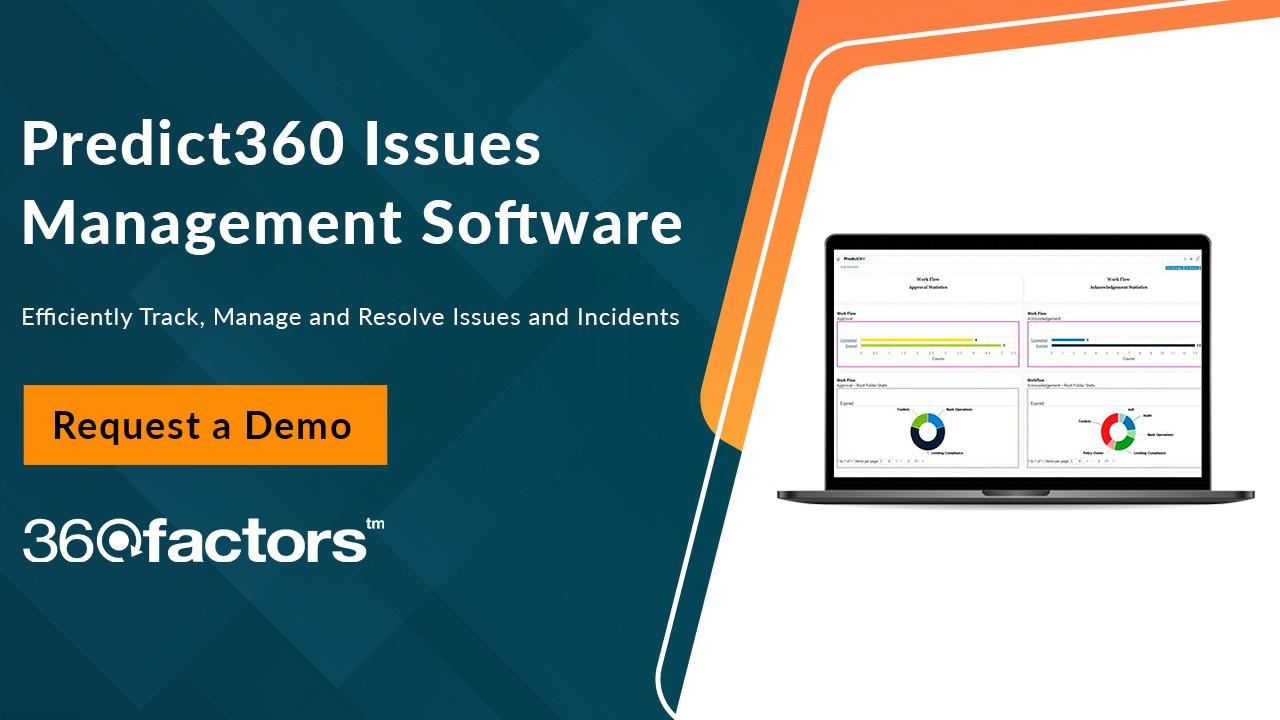Strategies for Preventing Critical System
Failures with Issues Management Software
Adopting successful risk and issue management is the game changer for companies looking to navigate the challenging business environment and proactively overcome challenges. Such software provides a unified platform that simplifies the whole process of recognizing, tracking, and resolving organizational issues. Companies can enhance their ability to identify emerging issues, assess their impact, and implement effective mitigation strategies by employing such a platform.
The objective of this article is to disclose the approaches for preventing major system failure with the help of issues management software:
Strategies for Preventing Critical System Failures with Risk and Issue Management

Make A Register
There is no other way to begin than by recognizing problems and cataloging them in a written form so that one can get started to address them and monitor your progress. Make a collaborative online document as early as possible. Like how you can manage risks or changes, risk and issue management entails noting them in a categorized log or register. The problem will get buried in the project's paperwork without a procedure or mechanism to report on it. You must report problems and alert others so that they can verify whether the problem still exists.
Log Problems
Ensure everyone knows who should report issues and how they are doing so. If no one logs the case, you will experience problems that slip between the cracks. Your project will continue to develop cracks until it ultimately starts to crumble. You should document this procedure in detail. Nothing is too little. You could think it's unimportant, yet it might be the key to finding the answer to the problem. A log also offers a mechanism for archiving information for later use in effective risk and issue management.

Track Progress
Are action items being followed upon? Verify status often. An essential contrast is the issue's position. Another problem arises if the problem has been solved, but resources continue to be wasted. Keep everyone updated periodically. You need total transparency to avoid devoting fewer resources to a problem. The best way to work is for everyone to know the issue's status. Everyone may stay updated on the quality of the problems via project dashboards.
Assess The Consequence
Establish a progress scale and be sure to measure the activities done. But proceed with caution. Only some of your resources should be used, and only some are required. However, you also want to avoid adding extra obstacles to slow down a quick transaction. With the assistance of risk and issue management, you can assess the impact effortlessly.
